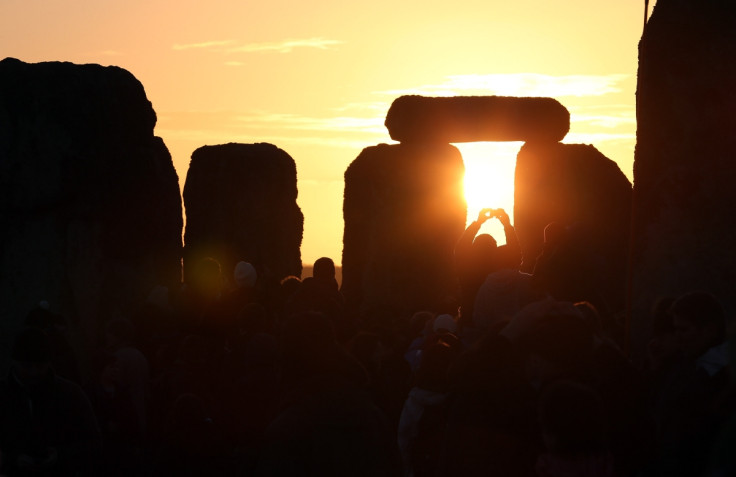The mystery of Stonehenge's origin has been solved!
Scientists from Brighton University acquired key missing piece that finally solves the origin of Stonehenge.
The mystery surrounding the origin of Stonehenge has finally been solved with the help of a key piece which had gone missing for 60 years. For decades, archaeologists have only known that the stones were assembled about the year 2500 BC by Neolithic builders from Marlborough Downs just 15 miles north of Stonehenge. The missing piece finally shows clear evidence of where the stones originally came from.
Weighing roughly around 20 tonnes, the seven-meter sarsen stones form 15 of Stonehenge's central horseshoe structure. This includes the uprights and lintels that draw out into its outer circle and its outlying stones.
The missing piece that was returned is a metre-long core that matched the geochemical study of the majestic megaliths. It was removed during archaeological excavations in 1958. Its whereabouts were unknown until Robert Phillips, now aged 89, decided to return the core last year. Phillips was part of the crew that was involved during the 1958 excavation.
Researchers and chemists have then been able to analyse the chemical composition of the core as they carried out X-ray fluorescence testing of the sarsen stones and revealed these shared close similarities to the missing core.
Prof. David Nash from Brighton University, who led the research team says "each outcrop was found to have a different geochemical signature, but it was the chance to test the returned core that enabled us to determine the source area for the Stonehenge sarsens."
Beautiful morning at Stonehenge doing some filming with the BBC and ITN about our forthcoming publication on the sarsen stones. pic.twitter.com/SXJ6Hacosh
— David Nash (@davidjnash) July 29, 2020
With the return of the core, the research team was finally able to trace the stones to a small specific 2 square mile patch of woodland south of the village of Lockeridge, Wiltshire. The area now called West Woods, was known to have been home to large sarsen boulders which identically match the ones used to build Stonehenge.
Recent archaeological findings about the site revealed that before Stonehenge was even built, the West Woods megalith slabs may have been used to construct a massive prehistoric tomb.
As it is, strange looking stones are often regarded by many cultures the world over as something spiritual and linked to some beliefs that these particular unique giant boulders and stone slabs contain souls and spirits. So in all likelihood, these ancient builders perceived Stonehenge's architecture as a spiritual structure.
Now that the source of Stonehenge's majestic stones have been traced and identified, the next stage of discoveries find archaeologists looking into the exact route these prehistoric builders used to move these giant stones from West Woods.

© Copyright IBTimes 2025. All rights reserved.





















